I don't know if frugal is a forgotten word, but I know that
being careful with money is important to me. Not only that, but I am
always pleased when those ideas/savings, no matter how small, work well.
This tip is one that has bothered me for a long
time. I have a PE700 that is my work
horse and I treat it like my first born!
Just a little side matter - if you are using the threads that
are spooled like these,
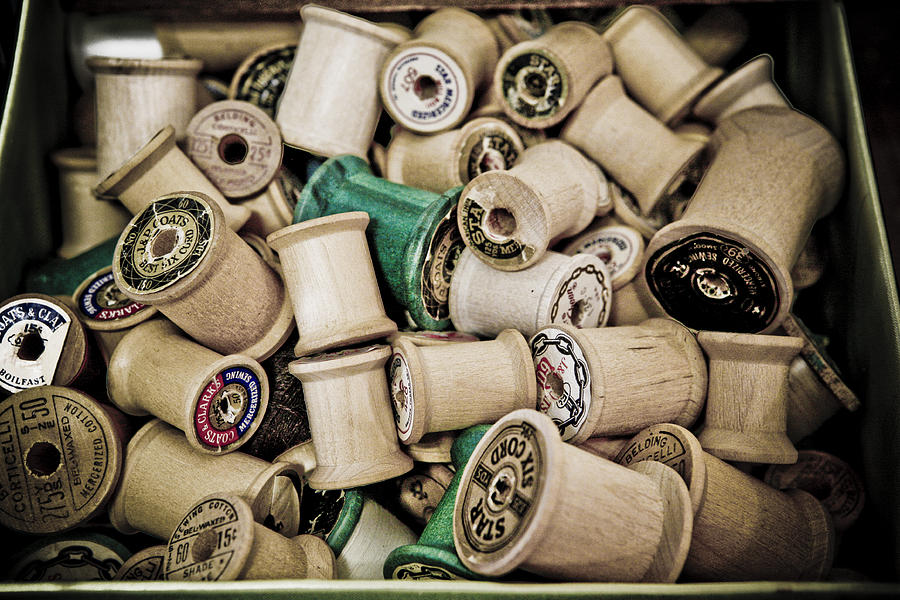
your embroidery spooling system is probably OK for your
use. However, if your spools are more
like this,
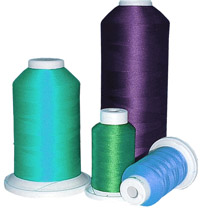
The spooling system on the machine is not the best for the
thread. These types of spools are meant
to be used with the thread coming from the top.
Using a thread stand is the optimum method for this of spool.
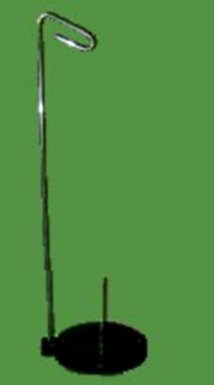
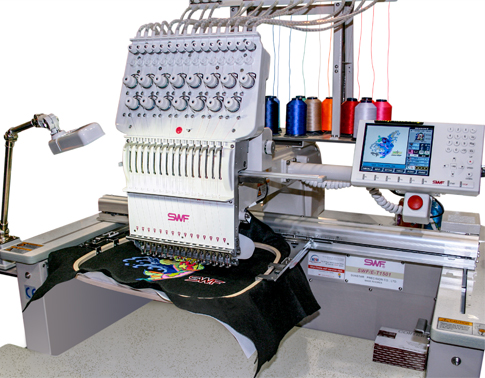
When in doubt, look to how the commercial machines do it!!
If you don't have a thread stand, this one is a tip that I
have needed for a long time. I do use my
thread stand, but occasionally for different reasons, I just place the thread
on my machine.
Those spool caps that are given with the machines are a
nuisance to me. They often trap the
thread, even when I use the cap much larger than the spool, and cause a thread
break.
I decided on using some adhesive ‘dots' that I got at the $1
store.
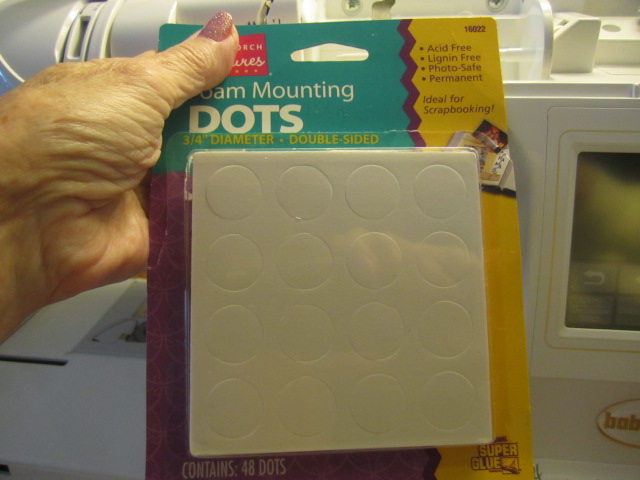
These are for scrapbooking and have a very good bonding
agent. I place them on the back side of
where the spool resides and it works perfectly.
You don't have to have a large amount of ‘hold' because the only pull is
from the thread leaving the spool.
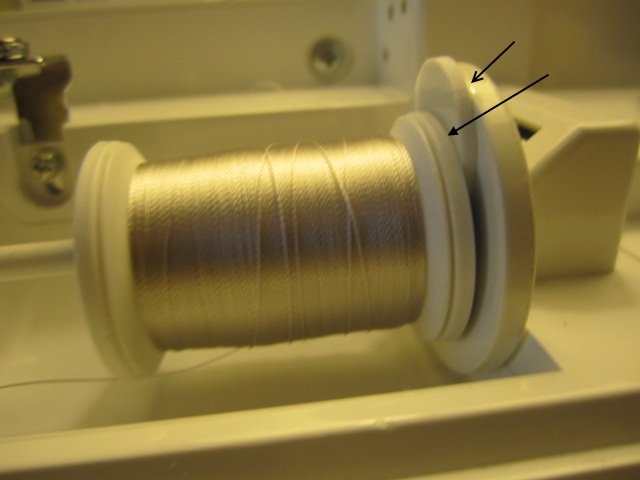
It stayed sticky for about 6 to 8 spools and replacing it
was not difficult. I use a little
alcohol to loosen the paste and it is gone.
Another thing about spools is that some embroiderers may not
know that handling of their thread is an important issue. Never do this to any thread -
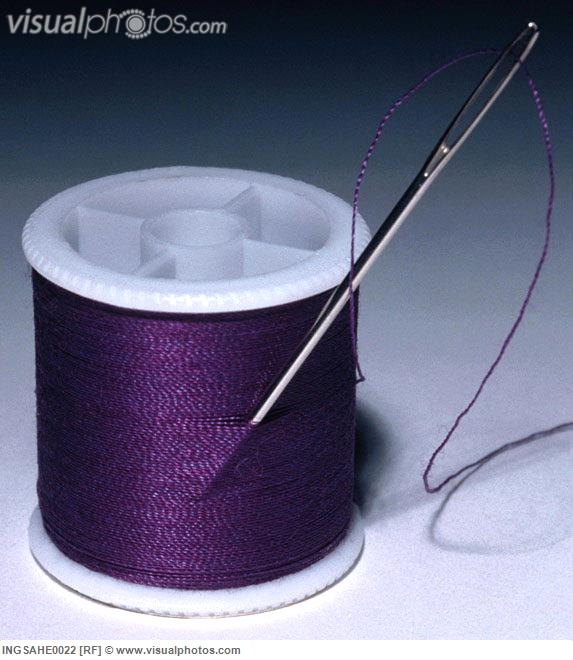
It may look good for a photo but the needle has likely split
some of the thread, in the above case, as many as a dozen splits. Additionally, the pressure placed on the
thread behind the needle has caused flattening of spots on the thread for
multiple layers. Again, damaged thread
can be a problem on any sewing project.
When you see a sale on thread, there is likely one of many
reasons for the sale. Some of the
possible reasons, in no particular order are -
- The thread is old and
likely to be very dry and brittle.
- The thread has been
subject to improper care such as being in a box of threads where they were
laying like the first photo above.
Pressure on thread is not good.
- The thread may be ‘off' colors
that are not selling or badly dyed and possibly have unreliable
coloring. These issues are not
necessarily bad, after all, if you need something of an unusual color or
perhaps some shading, these may well be great for your projects.
Thread is an expensive investment and care of it will make
your projects as good as you expect them to be.
Due to a technical issue, the last blogs of AnnTheGran, a great blog on stabilizers, and my last blog, on using the lowly straw to organize all those little items in your sewing room and beyond, was possibly not delivered to your email. Check them both out, you will learn a few things!